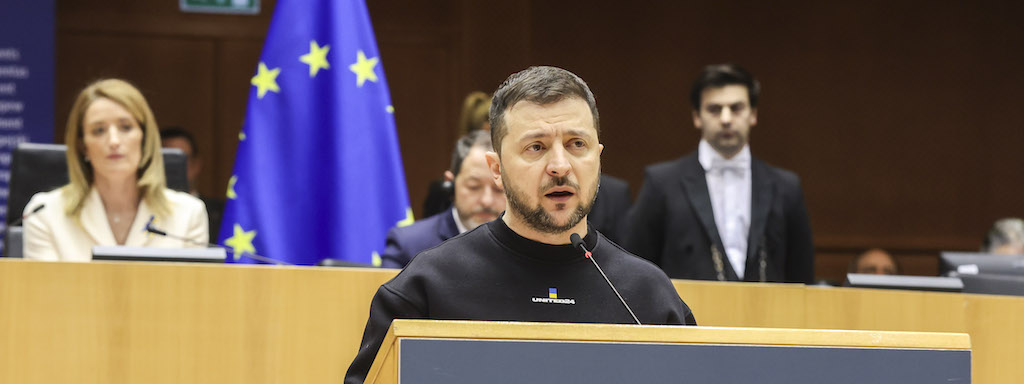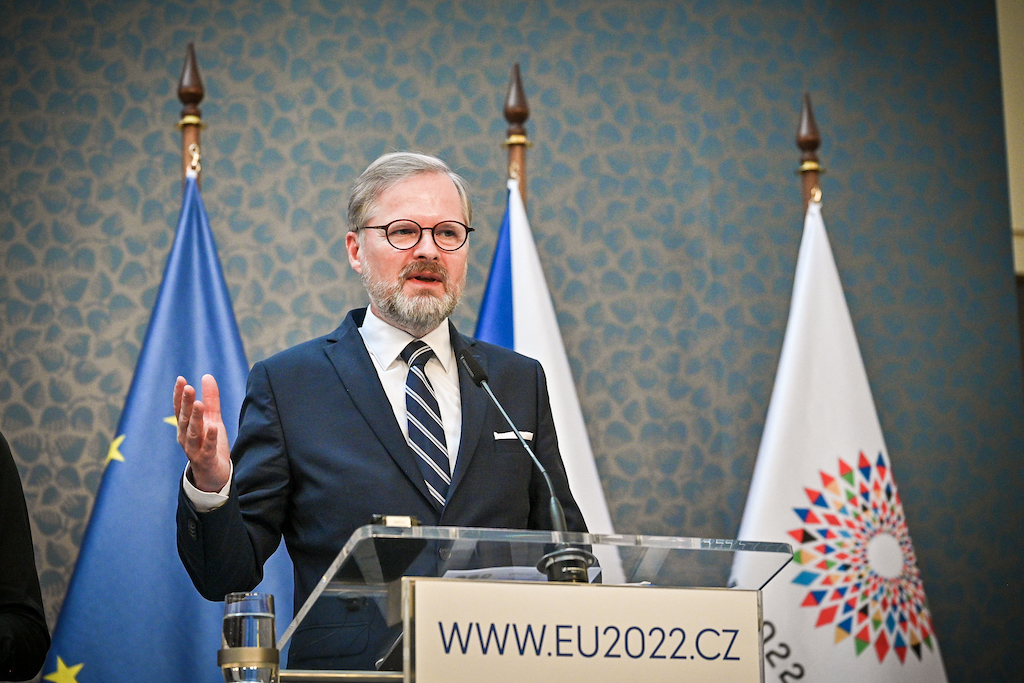Growth rates for the EU and the euro area beat expectations in 2017 to reach a 10-year high at 2.4%. Growth is set to remain strong in 2018 and ease only slightly in 2019, with growth of 2.3% and 2.0% respectively in both the EU and the euro area.
Private consumption remains strong, while exports and investment have increased. Unemployment continues to fall and is now around pre-crisis levels. However, the economy is more exposed to external risk factors, which have strengthened and become more negative.
Robust growth is facilitating a further reduction in government deficit and debt levels and an improvement in labour market conditions. The aggregate deficit for the euro area is now less than 1% of GDP and is forecast to fall under 3% in all euro area Member States this year.
Valdis Dombrovskis, Vice-President for the Euro and Social Dialogue, also in charge of Financial Stability, Financial Services and Capital Markets Union, said:”The economic expansion in Europe is set to continue at a solid pace this year and next, supporting further job creation. However, we also see increased risks on the horizon. This is why we should use the current good times to make our economies more resilient. This means building fiscal buffers, reforming our economies to foster productivity and investment, and making our growth model more inclusive. It also means strengthening the foundations of our Economic and Monetary Union.”
Pierre Moscovici, Commissioner for Economic and Financial Affairs, Taxation and Customs, said: “Europe continues to enjoy robust growth, which has helped drive unemployment to a ten-year low. Investment is rising and public finances are improving, with the deficit in the euro area set to drop to just 0.7% of GDP this year. The biggest risk to this rosy outlook is protectionism, which must not become the new normal: that would only hurt those of our citizens we most need to protect.”
Growth to remain strong, but pace to ease slightly
In 2017, real GDP growth reached 2.4% in the EU and in the euro area as the economy moved into higher gear. Growth was supported by high consumer and business confidence, stronger global growth, low financing costs, healthier private sector balance sheets and brighter labour market conditions. While short-term indicators suggest a cooling of activity in early 2018, this looks likely to be partly temporary.
The pace of growth is expected to remain robust on the back of sustained consumption and strong exports and investment. Both the EU and the euro area are forecast to grow by 2.3% this year. Growth in both areas is projected to ease to 2.0% in 2019 as bottlenecks become more apparent in some countries and sectors, monetary policy is adjusted to circumstances and global trade growth calms somewhat.
With employment at a record high, some labour markets are getting tight
Unemployment continues to fall and is now around pre-crisis levels. In the EU, unemployment is set to continue to decline, from 7.6% in 2017 to 7.1% in 2018 and 6.7% in 2019. Unemployment in the euro area is forecast to fall from 9.1% in 2017 to 8.4% in 2018 and 7.9% in 2019.
The number of people in work in the euro area is now at its highest since the introduction of the euro, but some labour-market slack remains in the euro area. While in certain Member States unemployment is still high, in others, job vacancies are already getting harder to fill.

Inflation to rise slowly, as underlying pressures strengthen
Consumer price inflation weakened in the first quarter of this year, but is expected to pick up slightly in the coming quarters, partly due to oil prices that have recently increased. Underlying price pressures are also building as a result of tighter labour markets and faster wage growth in many Member States. Overall, inflation in the euro area is forecast to remain the same in 2018 as in 2017 at 1.5% and then rise to 1.6% in 2019. In the EU, the same pattern is expected, but with inflation forecast to continue at 1.7% this year before rising to 1.8% in 2019.
Public finances improving, with no deficits over 3% of GDP
The aggregate euro area government budget deficit and public debt both fell as percentages of GDP in 2017, helped by strong economic growth and low interest rates. With Member States’ budgets benefitting from the effects of improving labour market conditions, including through lower social benefit payments, 2018 is set to be the first year since the start of the Economic and Monetary Union in which all governments manage budget deficits of less than 3% of GDP, as referred to in the Treaty.
The aggregate general government deficit of the euro area is now forecast to fall to 0.7% of GDP in 2018 and 0.6% in 2019. In the EU, the aggregate deficit is forecast to be at 0.8% in 2018 and 2019. The euro area’s debt-to-GDP ratio is forecast to fall to 84.1% in 2019, with declines projected for almost all Member States.
Risks to the outlook have increased and become more negative
Overall, the risks to the forecast have risen and are now tilted to the downside. In Europe, recent indicators have reduced the likelihood that growth in Europe might turn out stronger than expected in the near term. Externally, the financial market volatility experienced in recent months is likely to become a more permanent feature in the future, which will add to uncertainty. Pro-cyclical fiscal stimulus in the US is expected to boost short-term growth, but to raise the risk of overheating and the possibility that US interest rates rise faster than currently assumed. Also, an escalation of trade protectionism presents an unambiguously negative risk to the global economic outlook. These risks are interrelated. Due to its openness, the euro area would be particularly vulnerable to their materialisation.
For the United Kingdom, a purely technical assumption for 2019
To allow for a comparison over time, the projections for the EU for 2019 contained in the forecast consist of projections for all 28 Member States, including the United Kingdom.
Given the ongoing negotiations on the terms of the United Kingdom’s withdrawal from the EU, the Commission’s projections for the time after Brexit are based on a purely technical assumption of status quo in terms of trading relations between the EU27 and the UK. This is for forecasting purposes only and has no bearing on the talks underway in the context of the Article 50 process.
Background
This forecast is based on a set of technical assumptions concerning exchange rates, interest rates and commodity prices with a cut-off date of 23 April. For all other incoming data, including assumptions about government policies, this forecast takes into consideration information up until and including 23 April. Unless policies are credibly announced and specified in adequate detail, the projections assume no policy changes.
This year, the European Commission has reverted to publishing two comprehensive forecasts (spring and autumn) and two interim forecasts (winter and summer) each year, instead of the three comprehensive forecasts in winter, spring and autumn that it has produced each year since 2012. The interim forecasts cover annual and quarterly GDP and inflation for the current year and following years for all Member States and the euro area, as well as EU aggregates. This change is a return to the Commission’s previous pattern of forecasts and brings the Commission’s forecast schedule back into line with those of other institutions (e.g. the European Central Bank, International Monetary Fund, Organisation for Economic Co-operation and Development).
The European Commission’s next forecast will be the Summer 2018 Interim Economic Forecast in July.
For More Information
Full document: Spring 2018 Economic Forecast
Follow Vice-President Dombrovskis on Twitter: @VDombrovskis
Follow Commissioner Moscovici on Twitter: @pierremoscovici
Follow DG ECFIN on Twitter: @ecfin
Press release: Winter 2018 Interim Economic Forecast: A solid and lasting expansion


















